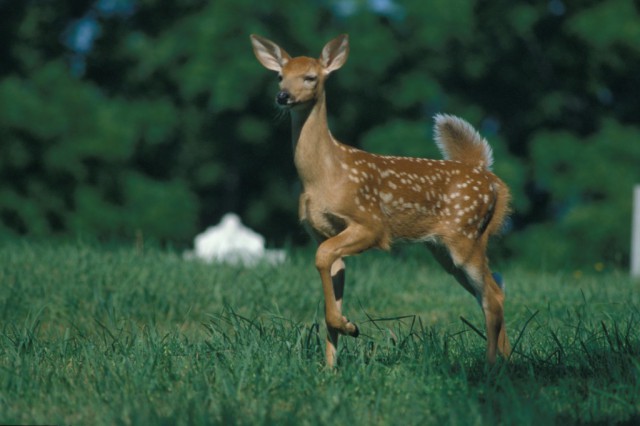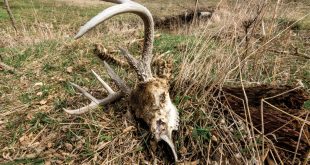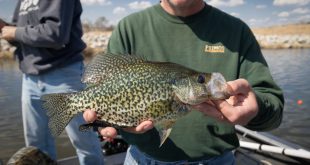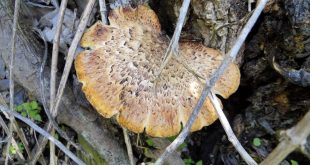William Cutler, in Andreas’ History of the State of Nebraska published in 1882, wrote that the town of Deroin was founded on the bank of the Missouri River in1854 by Robert Hawke, Joseph Deroin and others. The town was later renamed “Saint Deroin” to boost the town’s appeal, suggesting the prosperous downstream towns of St. Joseph and St. Louis.
Deroin, the son of a French trapper and Oto woman, was born near Bellevue in 1819 and moved to the largest remaining Oto village near the mouth of the Platte River in 1836. He moved to a 640- acre tract of land in Nemaha and Richardson counties in 1842 on the 138,000-acre Nemaha Half-Breed Reservation, established by the 1830 Treaty of Prairie du Chien. The reservation was created for homeless offspring of trappers who married Native Americans, including Omaha, Iowa, Oto, Yankton Sioux and Santee Sioux. During its early days, the reservation was home for about 230 residents of mixed heritage, including 111 orphans. Deroin apparently operated a trading post on the site before the town of Deroin was established. Deroin’s trading post became a general store for the sale of goods to the Oto Indians residing on the reservation. Deroin was killed in 1858 while attempting to collect $6 for a pig from a settler. His attacker was tried and acquitted.
In 1859, Judge A. J. Ritter opened a general merchandise store with his son; and a post office was established in 1861 with Ritter appointed postmaster. A schoolhouse and flouring-mill were built in 1868. St. Deroin was an important shipping point for grain, and a ferry shuttled passengers and goods across the Missouri River. The town prospered in the 1870s, reaching its high point with a population at about 300 and nearly 20 businesses, including two blacksmith shops, saw and grist mills, and a hotel. Three physicians were in residence. By the 1880s, only about 90 people still resided in the little river town.
In 1903 the Burlington Railroad was completed through the nearby towns of Shubert and Nemaha City, carrying passengers and freight faster than by river boat, and St. Deroin was left to wither. The final blow to St. Deroin was a flood in 1911, washing most of the town downstream. Some buildings survived and were moved from the floodplain to the foot of the bluffs. By the 1920s the town had been abandoned except for the school and graveyard. The school was used until 1944.
The Nebraska Game and Parks Commission acquired the first tract of land in 1962 to establish Indian Cave State Park. Today the park covers more than 3,000 acres, most of which is wooded Missouri River bluffs, and the former site of St. Deroin. The school was restored by the Commission in 1978.
The only other remnant of the once prosperous river town is the St. Deroin cemetery, where residents were first interred in 1866. As with many cemeteries, legends are attached to St. Deroin’s. One is that Joseph Deroin was buried there atop his horse. Another legend tells that A.J. Ritter lost an arm while using dynamite to stun fish. His arm was buried west of the town. When Ritter died he was buried in the St. Deroin cemetery. It once was told by locals that Ritter occasionally arose from his grave at night in search of his arm. Many of the old tombstones are still standing, and the cemetery is a favorite stop for park visitors.

Jack Curran/NEBRASKAland Magazine
 Nebraskaland Magazine
Nebraskaland Magazine



